EMQN CIC and SensID GmbH are pleased to announce a strategic partnership to deliver a new External Quality Assessment (EQA) / Proficiency Testing (PT) scheme for circulating tumour DNA (ctDNA) extraction from plasma.
Background
The use of molecular testing to aid in determining therapy options for the treatment of non-small cell lung cancer (NSCLC) is now recommended for all patients 1,2. The use of formalin-fixed paraffin embedded (FFPE) material from biopsies or resected tumours is considered the gold standard for this testing, however up to 30% of patients do not have suitable material available 3. This can be due to inaccessibility of the tumour for biopsy, insufficient amount of tissue, or insufficient neoplastic cells for molecular testing.
Circulating cell free DNA (cfDNA) has become a recognised alternative source of testing material 1,4 and is routinely used in clinical practice for the detection of somatic variants in tumours. Sensitive mutant detection methods are required to detect these variants within the circulating tumour DNA (ctDNA) fraction of total cfDNA 4,5.
Robust / reliable extraction of cfDNA from plasma, and its accurate quantification, is essential to ensure the best chance for successful downstream analytical processes. A recent multicentre evaluation of workflows by the CANCER-ID consortium using plasma spiked with cfDNA showed significant differences in extraction efficiency, highlighting the importance of carefully selecting cfDNA extraction methods 6. Standardising preanalytical conditions, as well as reaching a consensus on defining the input amount of cfDNA to accurately detect ctDNA, is essential to ensure robust and accurate clinical diagnostic testing.
Pilot EQA scheme for ctDNA extraction
EMQN CIC and SensID are today announcing a partnership to deliver a new EQA scheme for ctDNA extraction from plasma. The pilot EQA scheme will use SensID’s latest plasma-based reference materials containing precisely defined amounts of ctDNA and will assess extraction efficiency and quantification of the resultant nucleic acids. The unique truly patient-like ctDNA is produced from standardised cell culture by a novel and proprietary fragmentation process based on nucleosome protection.
Places on this pilot scheme will be limited to 50 laboratories. To register your expression of interest to participate, please complete the application form (https://www.formdesk.com/EMQN/application_cfDNA_plasma) before 23:59 GMT on 3rd May 2024.
References
1 Kalemkerian GP, Narula N, Kennedy EB et al. Molecular Testing Guideline for the Selection of Patients With Lung Cancer for Treatment With Targeted Tyrosine Kinase Inhibitors: American Society of Clinical Oncology Endorsement of the College of American Pathologists/International Association for the Study of Lung Cancer/Association for Molecular Pathology Clinical Practice Guideline Update. J Clin Oncol 2018; 36: 911–919.
2 Rolfo C, Mack P, Scagliotti G V. et al. Liquid Biopsy for Advanced NSCLC: A Consensus Statement From the International Association for the Study of Lung Cancer. J Thorac Oncol 2021; 16: 1647–1662.
3 Goldman JW, Noor ZS, Remon J, Besse B, Rosenfeld N. Are liquid biopsies a surrogate for tissue EGFR testing? Ann Oncol 2018; 29: i38–i46.
4 Deans ZC, Butler R, Cheetham M et al. IQN path ASBL report from the first European cfDNA consensus meeting: expert opinion on the minimal requirements for clinical ctDNA testing. Virchows Archiv 2019. doi:10.1007/s00428-019-02571-3.
5 Normanno N, Denis MG, Thress KS, Ratcliffe M, Reck M. Guide to detecting epidermal growth factor receptor (EGFR) mutations in ctDNA of patients with advanced non-small-cell lung cancer. Oncotarget 2017; 8: 12501–12516.
6 van der Leest P, Boonstra PA, Elst A Ter et al. Comparison of Circulating Cell-Free DNA Extraction Methods for Downstream Analysis in Cancer Patients. Cancers (Basel) 2020; 12. doi:10.3390/CANCERS12051222.



